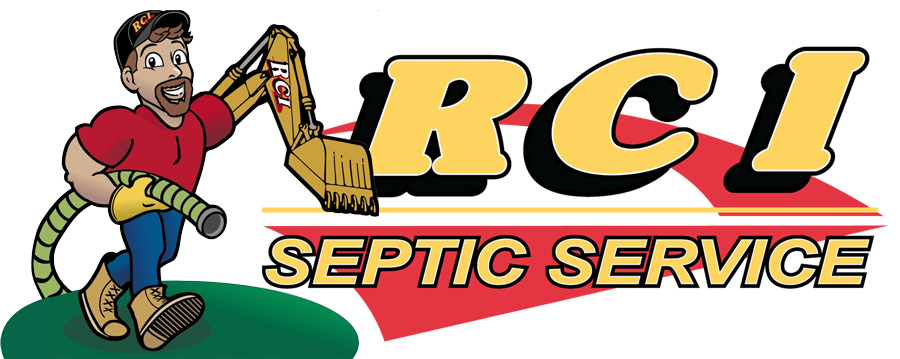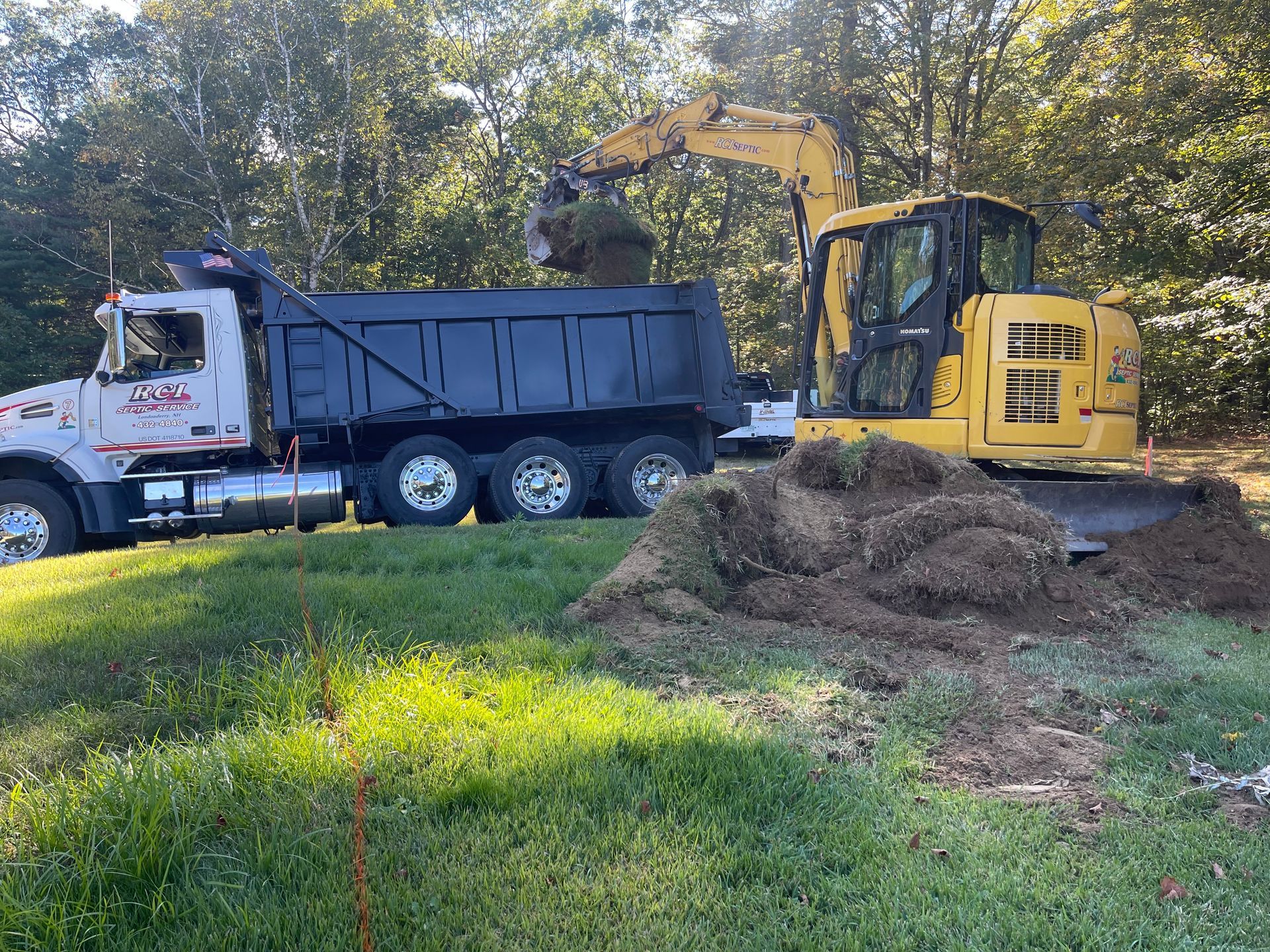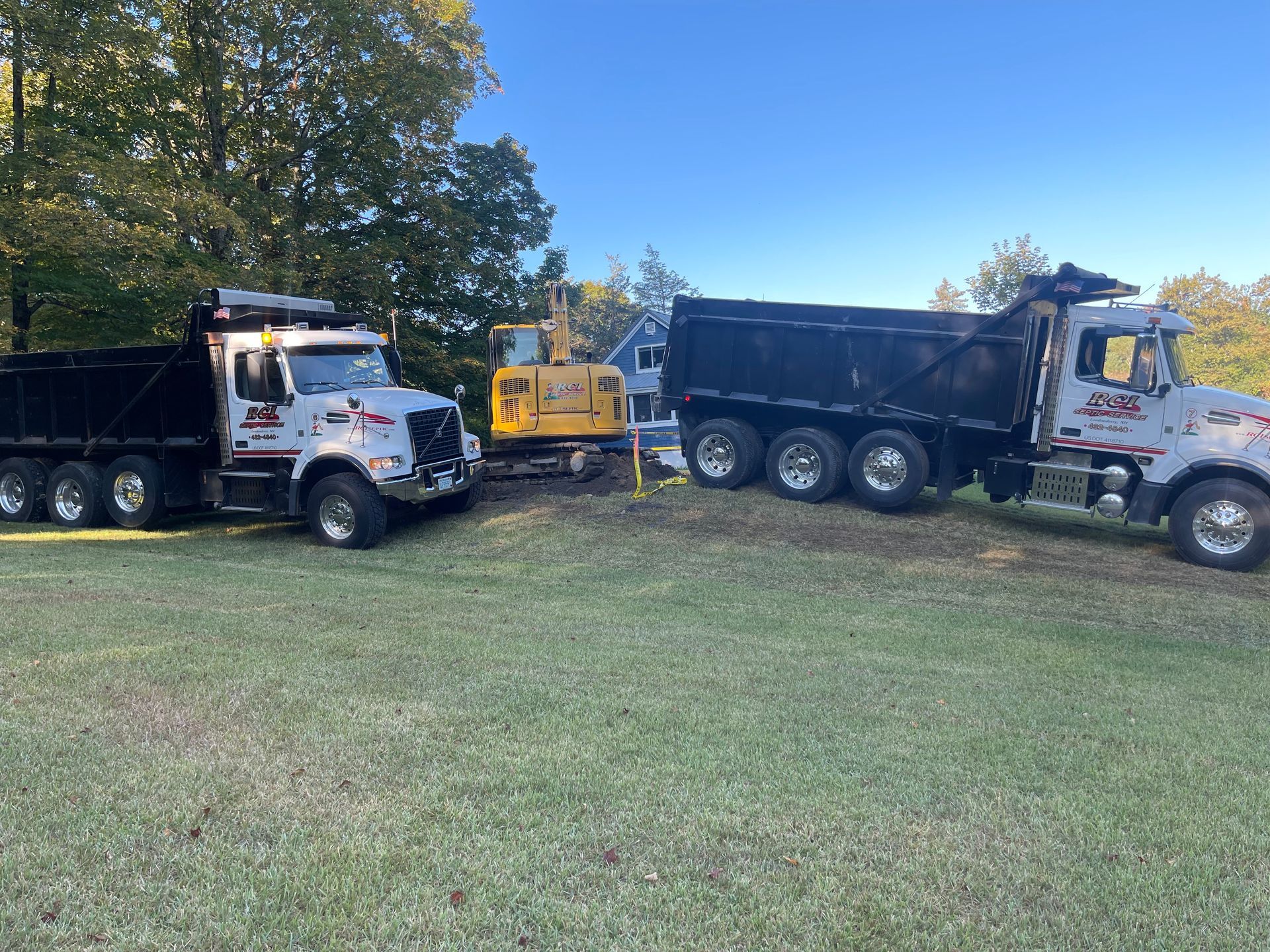How Your Septic Tank Works
Septic tanks work to clean and separate water that comes from all areas of your house, bathroom, laundry room, sinks, etc. Septic tanks come in different sizes and are designed to accommodate the size of your home based on number of bedrooms.
Septic tanks have an inlet pipe from the house to the tank and an outlet pipe from the tank to the leach field. Wastewater and solids flow through the inlet into the tank. The bacteria living inside the tank begins breaking down the solids. Solid waste (inorganic material) will break down over time and sink to the bottom of the tank and liquids will stay in the middle of the tank. The wastewater will flow into the leach field where it is evenly distributed.
There are different levels of materials in your septic tank:
- Solid level (human waste/toilet paper)
- effluent water (liquids) level
- sludge level (solids or inorganic material that has broken down)
When your tank is pumped or cleaned the contents of the tank and removed. Pumping is recommended every year for households of 5 or more; every 2 years for households of 3-4; and every 3 years for households of 1-2. Septic tanks can also have a filter and we recommend cleaning it every 6 months.
It is important to maintain a pumping schedule for your tank because if you don’t, solids can build up excessively causing a back-up into your home and letting excessive amounts of bacteria out to your leach field. If a tank is not maintained over many years and the solids really build up, this will add extra costs to your tank pumping because of the additional time needed to backwash the system and get all of the solids out of the tank.
The bacteria in your septic tank will naturally maintain itself and we do not recommend flushing any type of treatment or chemicals to the tank. Oils, fat and grease should not be put down your drain; you should only flush human waste and toilet paper. If you have any questions about your septic tank or would like more information, please feel free to reach out to us at 603-432-4840.


